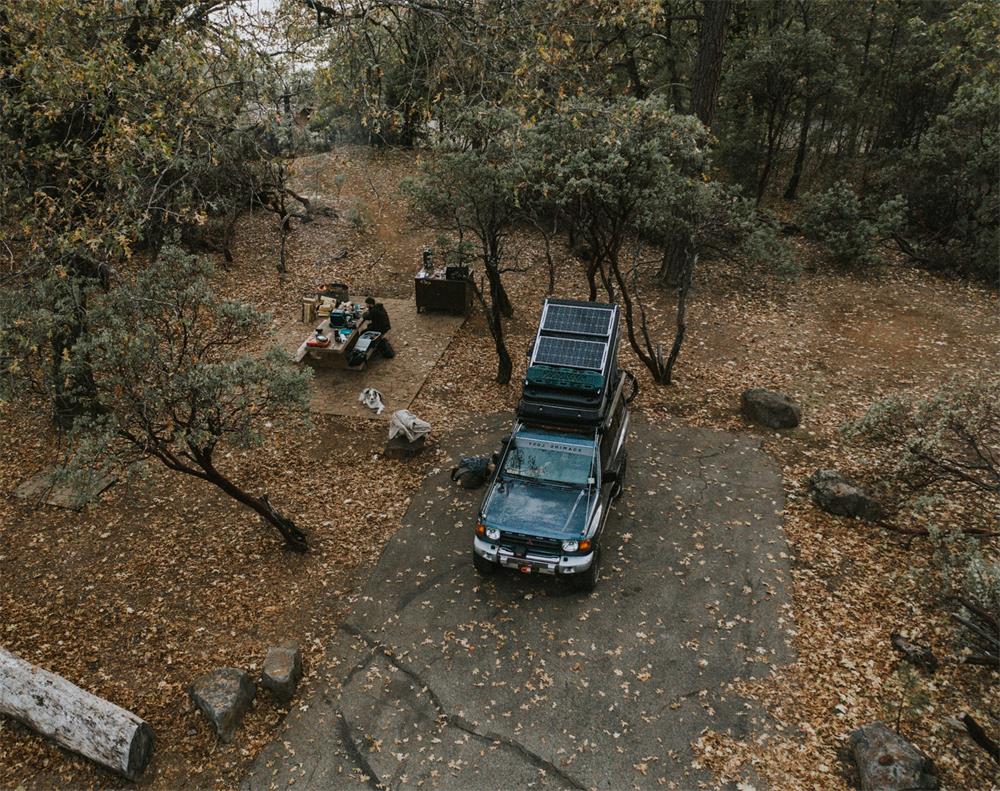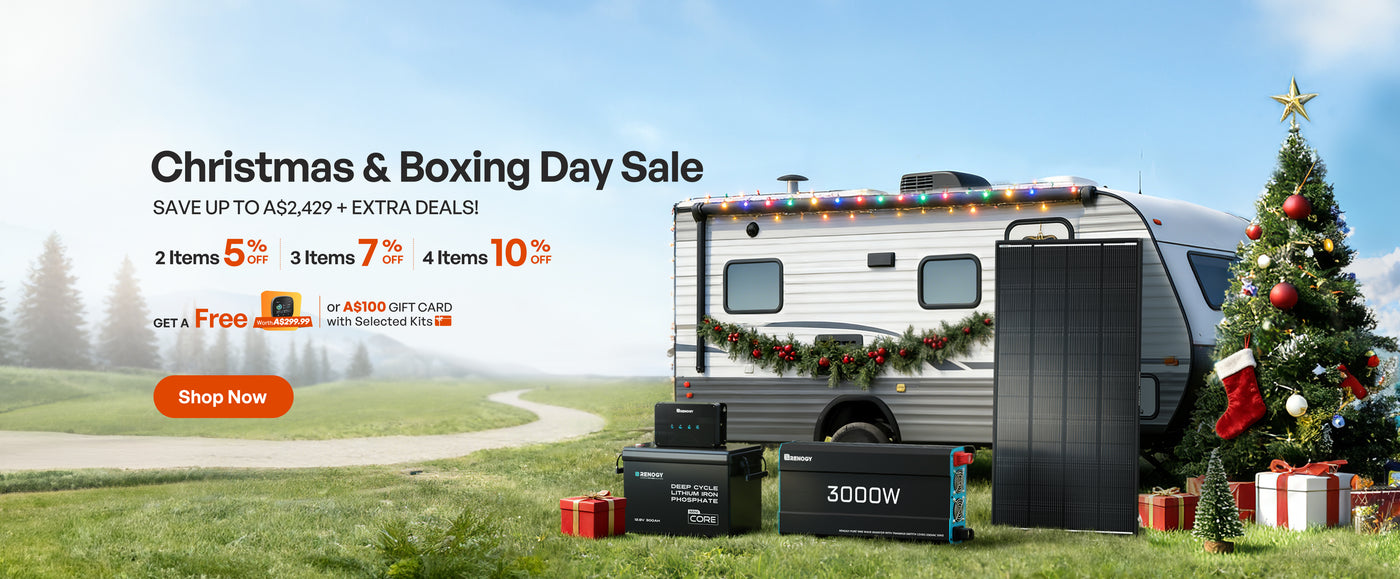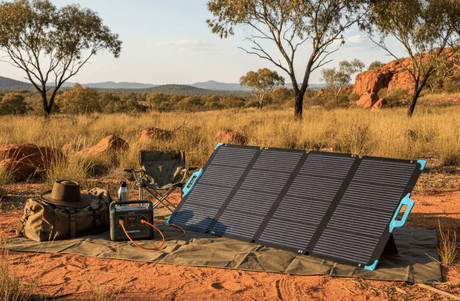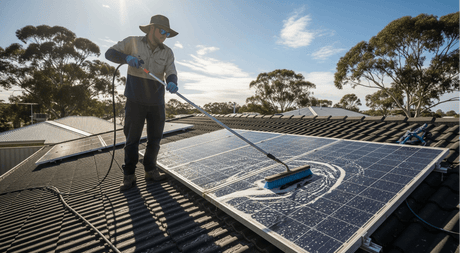Tips for a safe solar installation process
Installing solar on your own can feel incredibly rewarding. And thanks to the availability of solar panel kits, it’s never been easier. But it’s not for the faint of heart. It’s crucial that you understand what safety precautions you should take, as well as what you can do to properly and efficiently install your system’s components.
What’s included in Renogy solar kits?
It’s never been a better time to go the DIY route, thanks to Renogy’s solar kits. Our solar panel kits will include solar panels, charge controllers, cables, and mounting hardware. You’ll still need to purchase an inverter and a battery bank to complete your system. All kits include instructions and specifications for all your components. If you still have questions, we recommend you reach out to a professional for assistance.
Can I install a grid-tied system myself or do I need to hire a contractor?
In many jurisdictions, you’re required to hire a licensed contractor if you’re installing a solar system that is tied to the grid. Check with your state energy office, local officials, or a local renewable energy organization to see what requirements exist to make sure you adhere to specific rules, regulations and building codes.

How do I install my system?
If you’re installing a solar panel kit, we typically recommend following this process to ensure a seamless and safe installation.
1. Calculate your energy needs with the Renogy solar panel calculator
Having an accurate understanding of your energy needs will ensure you don’t under- or over-build a system. We recommend using the Renogy solar panel calculator to help determine the specific energy needs of your home. The solar sizing calculator allows you to input information about your lifestyle to help you decide on your solar panel requirements.
2. Purchase a Renogy solar panel kit
Solar panel kits make it easy to ensure your essential components will safely and efficiently work together. Renogy has a range of different solar panel kits for those interested in installing solar on their own. You’ll just need to purchase an inverter and battery bank to complete the system.
3. Choose your deep cycle batteries
If you’re going off-grid or want to have energy storage in your system, you’ll need a battery bank. Battery technology continues to improve, and there’s a range of deep cycle battery types available. Lead acid batteries are the most inexpensive option and are available at most large stores. Absorbed glass matt batteries store 10 to 15 percent more energy than lead acid batteries and charge up to four times faster. Lithium ion batteries are the most expensive options, but also last four times longer than lead-acid batteries and weigh much less. They also require very limited maintenance.
4. Check your permitting requirements. Install!
If you’re installing panels on a home, make sure you do your research to see what local building codes say and what permitting is required. Every jurisdiction is different. Once all your necessary paperwork is in place (if applicable to you), then it’s time for the actual installation. Renogy’s DIY kits include specifications and step by step instructions on how to install the technology, but it’s always good to consult with a professional if you’re unsure about anything in the solar installation process.
How do I stay safe while installing solar panels?
Working with solar equipment can be dangerous if you don’t know what you’re doing. Here’s some tips to keep in mind to keep yourself safe.
- Stay anchored: One of the biggest risks in installing solar is the potential to fall off your roof. We recommend using a roof anchor tool, which can save your life if you happen to lose your footing. Anchors can be installed temporarily while you install panels, or you might want to permanently install them to make it easy to safely access your panels in the future.
- Double check your equipment for damage: We at Renogy take great care in packaging and shipping of our materials, but sometimes equipment can get damaged while in transit. So it’s important to always visibly check all of your equipment when you receive it. Damaged components can lead to lower performing equipment, or could even cause fires or other shorts.
- Do not work alone: Use the buddy system when you’re installing solar on your home. It’s always helpful to have a second pair of eyes and hands to help you. It’s also important for your safety, in case something was to happen and you needed emergency assistance.
- Don’t work in the rain: Roofs can get slippery very quickly when it starts to rain. It’s always best to wait until the weather is dry.
- Insulate yourself to protect yourself from electric shock: If you are not careful, direct current has the ability to give you a serious shock. Always adhere to all codes, regulations, and manufacturer’s guidelines when installing a solar system. Don’t wear any conductive items, such as jewelry and watches. We also recommend always using insulated tools and rubber gloves.
- When in doubt, consult an expert: Last, but not least, if you’re uncomfortable or unsure about anything involved in the installation process, we recommend talking with or hiring an expert to help you get the job done safely.
Can a short circuit damage my solar panels?
This is where fuses and circuit breakers come in. Fuses and circuit breakers are used to protect devices from becoming damaged if there is a short circuit. They also prevent your wiring from getting too hot and catching fire. If a short develops in your solar inverter, a fuse between it and the battery will prevent a possible explosion of the battery. It will cut the circuit fast enough to prevent the wires from catching fire or getting dangerously hot. In this case, the battery, wires, and AC/DC inverter will be safely disabled by the fuse.
How do I use fuses?
When you connect panels in series, there will be no increase in current flow so fusing is not required for this string. When your panels are connected in parallel, the current is additive. So if you have 4 panels each capable of up to 15 amps, then a short in one panel can draw all 60 amps towards that short-circuited panel. This will cause the wires leading to that panel to far exceed 30 amps causing that wire-pair to potentially catch fire. In the case of panels in parallel, a 30-amp fuse is required for each panel.
Conclusion
Although it’s never been easier to go the DIY route with solar, there are still some crucial safety considerations to keep in mind during the installation process. Always be sure to follow the manufacturer’s instructions on all your equipment and heed our above advice, from not working alone to insulating yourself to stay protected from shock. Do that and you’ll ensure a safe and seamless installation process.







![What Is a DC to DC Battery Charger [Comprehensive Guide]](http://au.renogy.com/cdn/shop/articles/IMG_3829_bd86de74-31d6-49fd-b9d5-265bb723091d.jpg?v=1757582605&width=460)


